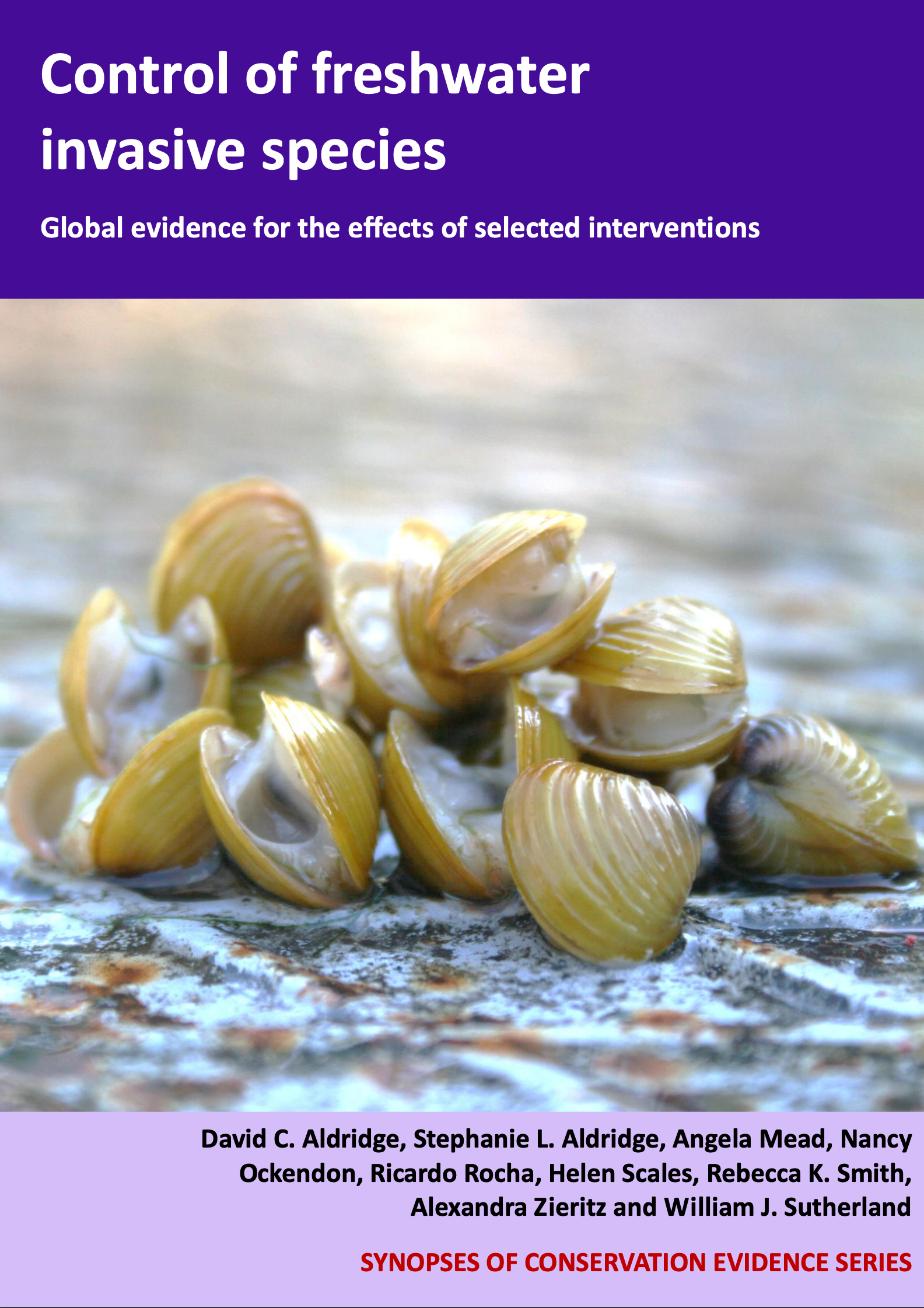Procambarus crayfish control: Encouraging predators
-
Overall effectiveness category Unlikely to be beneficial
-
Number of studies: 3
View assessment score
Hide assessment score
How is the evidence assessed?
-
Effectiveness
30% -
Certainty
60% -
Harms
0%
Supporting evidence from individual studies
One replicated, controlled laboratory study conducted in 2006 on specimens from wetlands and irrigation ditches in Italy (Aquiloni et al. 2010) found that the eel Anguilla anguilla, preyed effectively on red swamp crayfish Procambarus clarkii compared with the control tank (no predator). Different sizes of crayfish were preyed upon at a similar rate (one crayfish every four days/eel). The number of dead crayfish in tanks increased when the crayfish were moulting. Crayfish were weighed and measured and placed within four aerated plastic tanks (100 cm diameter, 30 cm depth). Three tanks held 10 hard-shelled, male crayfish of one size class and an eel. There were three size classes in total. One tank had 10 crayfish but no eel (control). Over 14 days, the number and weight of crayfish preyed upon were recorded. Dead crayfish were replaced with live individuals and experiments were replicated five times.
Study and other actions testedA second replicated, controlled study conducted in 2007 in a canal in Italy (Aquiloni et al. 2010) found that the eel Anguilla anguilla, preyed effectively on red swamp crayfish Procambarus clarkii compared with the control tank (no predator). The eels predated more on smaller than on larger crayfish. Crayfish were measured and placed in cages (50 x 50 x 200 cm; 2 mm mesh width) that were 3 m apart from each other. Each cage held five hard-shelled, male crayfish of one size class. Three size classes were used in total. In half of the cages, an adult eel was placed. The other cages were controls (no eel). Over 20 days, once a week, number and size of dead crayfish was recorded.
Study and other actions testedOne replicated, controlled study in France (Neveu 2001) in 2001 found that pike Esox lucius predated red swamp crayfish. Pike of 40-50 cm could eat crayfish above 8 cm in length, although smaller pike tended to eat smaller crayfish. Predation remained equally high when fish prey (rudd) were available as an alternative source. Experiments were conducted in experimental water enclosures measuring 3 x 5m placed within small ponds. Crayfish refuges were created from tree branches and pike refuges from floating sheets of polystyrene. Six water enclosures contained pike of 16-46 mm length. Four of these had small rudd as alternative food for the pike. Red swamp crayfish of wide size range were added ad libitum to each pond and predation allowed for 15 days. Two additional control enclosures included crayfish added in the absence of any pike. No mortality was observed. Crayfish mortality was measured by draining ponds and collecting the remaining crayfishes.
Study and other actions tested
Where has this evidence come from?
List of journals searched by synopsis
All the journals searched for all synopses
This Action forms part of the Action Synopsis:
Control of Freshwater Invasive Species
Control of Freshwater Invasive Species - Published 2017
Control of Freshwater Invasive Species Synopsis





)_2023.JPG)














